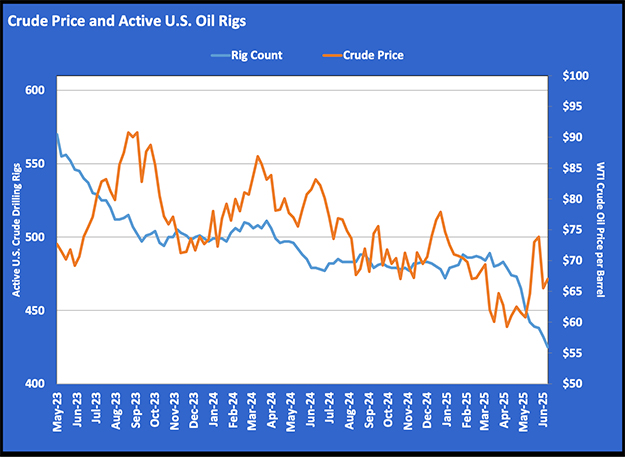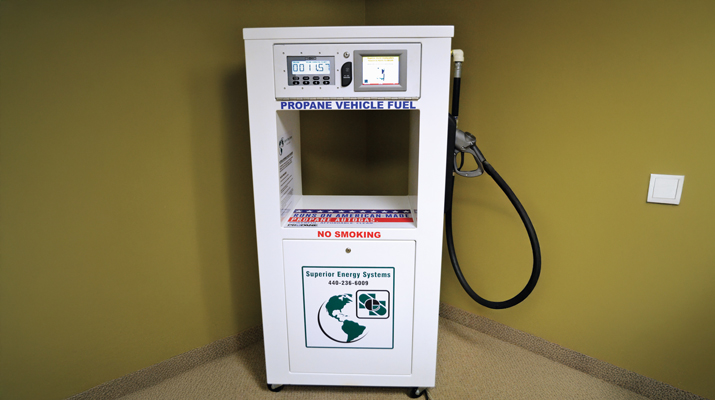Propane terminology to know
It is that time of the year when certain propane terminology appears in many conversations with colleagues and end users. Sometimes we use these propane terms properly, and sometimes we don’t.
Out of gas
You probably know that this term is not used in the National Fire Protection Association (NFPA) 54, 2021 edition, or NFPA 58, 2020 edition. Most propane professionals agree “out of gas” refers to when the propane system no longer has enough gas pressure to support the appliances and pilots.
Interruption of service
NFPA does have a section in NFPA 54, 4.2 Interruption of Service, and provides information on notification and work interruptions. Section 8.2.3 indicates the system has to be checked for leakage after an interruption of service. NFPA 58 Annex A.6.17.2 states that NFPA 54 requires a leak check on the gas system following an interruption of service. I could not find any examples of an interruption of service in the code, but most industry members would agree it means anytime the system is shut off, including shutting off a container valve. Other examples might include when the system is depressurized, or the container on the system is out of gas, or the system is being repaired or left off (e.g., in a cabin or somewhere not occupied regularly).
Leak check
NFPA 58 section 3.3.43 defines leak check as an operation performed on a gas piping system to verify that the system does not leak. Section 6.17, Leak Check for Vapor Systems, indicates when to perform one, and Annex A.6.17.2 refers to Annex L for suggested methods. Annex L.1.1 describes several methods for conducting a leak check before placing an LP gas system back into service.
NFPA 54 section 8.2, Piping System Leak Check, and 8.2.1, Test Gases, indicate what type of fuels can be used when conducting a leak check. Section 8.2.3, Leak Check, indicates a leak check should be performed when the gas is turned on to a new system or systems initially restored after an interruption of service. Some methods on how to conduct a leak check with or without a gas meter are also included in annexes C.2 and C.3.
Pressure test
NFPA 58 section 3.3.64 defines pressure test as an operation that’s performed to verify the gastight integrity of gas piping following its installation or modification.
Leak check and pressure test are often confused. Annex A.6.17.2 indicates that a pressure test assesses the integrity of the piping system at time of installation, whereas a leak check proves that a system is free of leaks that could pose a hazard.
- A pressure test is required for installations of new system piping or additions.
- A leak check is required to be performed in these scenarios:
- When the gas system is turned on.
- When gas to an existing system is turned on after being shut off.
- When gas to an existing system is turned back on after an out-of-gas condition.
This means a leak check is required before any appliance or equipment is placed into operation or after an interruption of service. It applies to the entire vapor distribution system up to the outlets of the equipment shutoff valves. Many propane marketers, however, include the appliance connectors and the appliance gas controls as part of the leak check.
Learn more
The Propane Education & Research Council (PERC) has many resources available to assist propane marketers in obtaining training on conducting leak checks and pressure tests, as well as handling out-of-gas and interruption-of-service scenarios.
These resources can be accessed online through PERC’s Learning Center.
Randy Warner is the product safety manager for Cavagna North America. He can be reached at randywarner@us.cavagnagroup.com.
NOTE: The opinions and viewpoints expressed herein are solely the author’s and should in no way be interpreted as those of LP Gas magazine or any of its staff members.
















